Stolen from a packed business trip, a few hours were all I had for the long-awaited Zhuozheng Garden. I arrived at the gate the moment it opened.
My heart sank instantly. A crowd already stretched before the entrance. By 7:30 a.m., the garden was packed. This was not the quiet contemplation I had imagined.
This is a garden meant for a walking journey, where the view changes with every step. But when you cannot move, how can you see? This ethereal realm felt distant, replaced by the buzz of a morning market.
After a wave of frustration, I found my answer. I put on my headphones and let Chen Congzhou’s writings on the garden be my guide. His words were a quiet revelation. I became immersed, tracing the angles and views he described, happily busy in my pursuit.
Tired, I sat on the stone steps and slowed my camera’s shutter right down. In the long exposure, the rushing streams of people softened into gentle, flowing ghosts.
And then, it happened. The crowd around me seemed to dissolve. The noise fell away. All that remained was a clean, sweeping quiet, and the garden itself—every line a thoughtful composition, every scene a clever idea.
Perhaps, for a moment, a parallel reality had gently slipped into place.
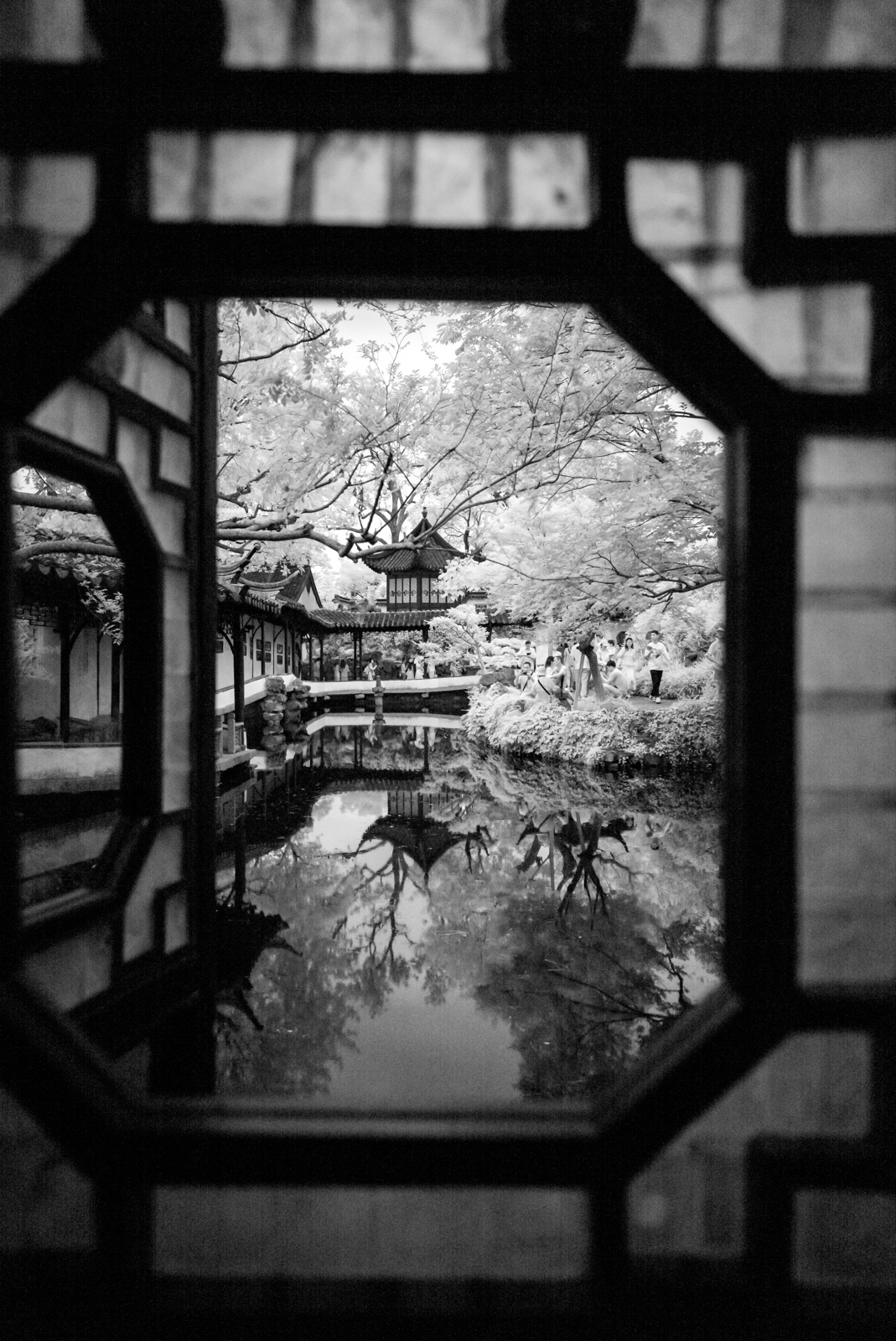
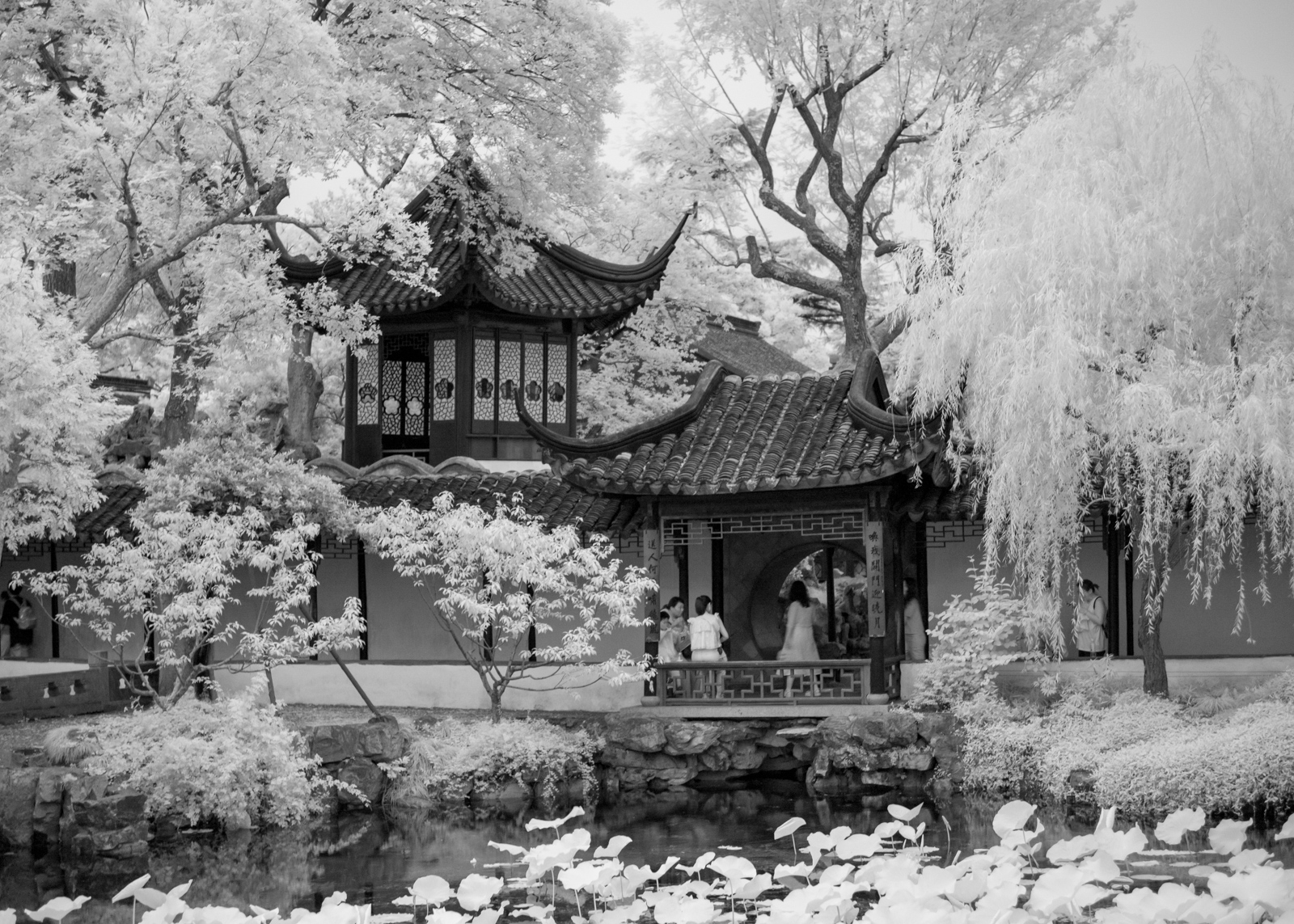
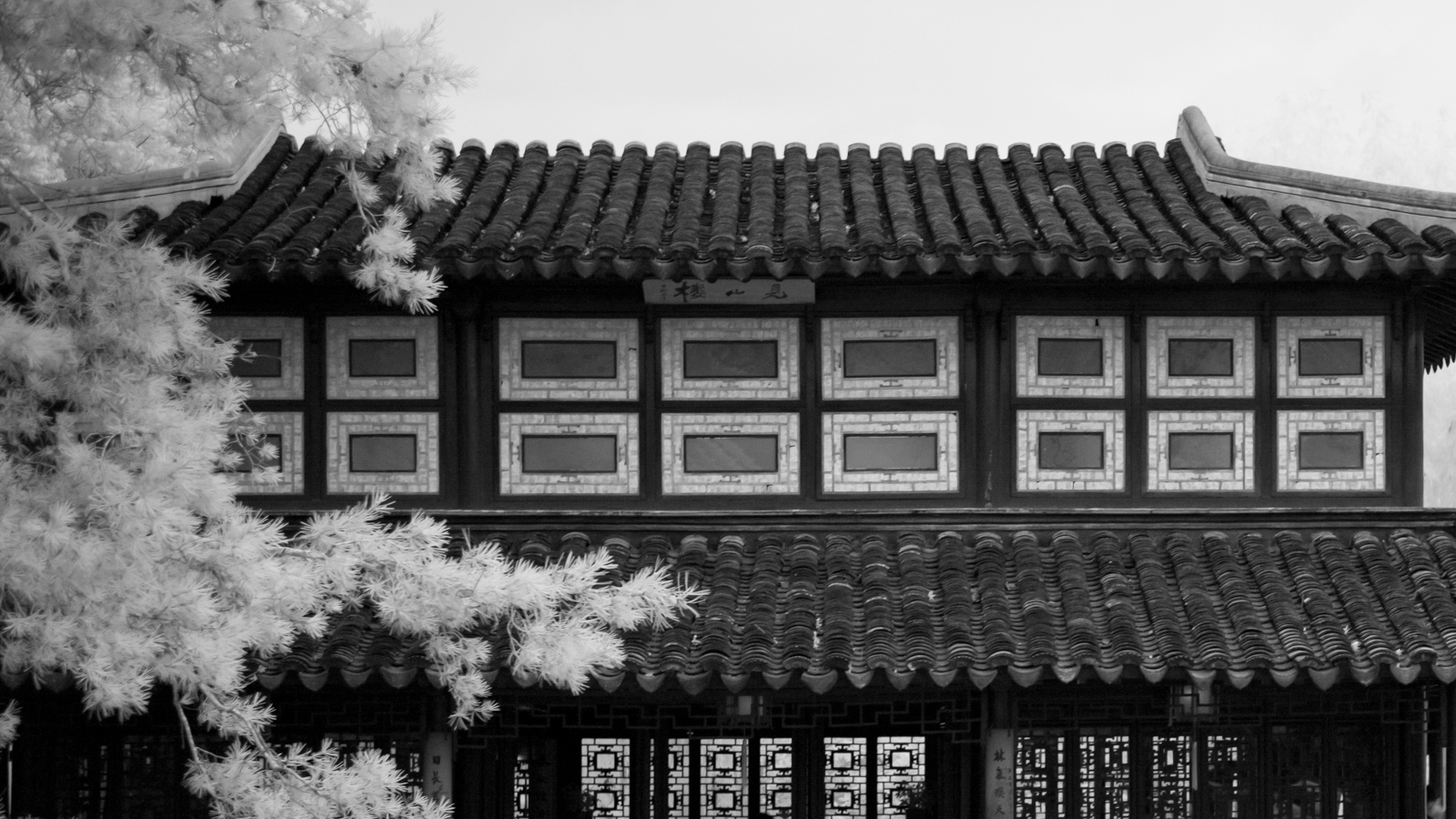
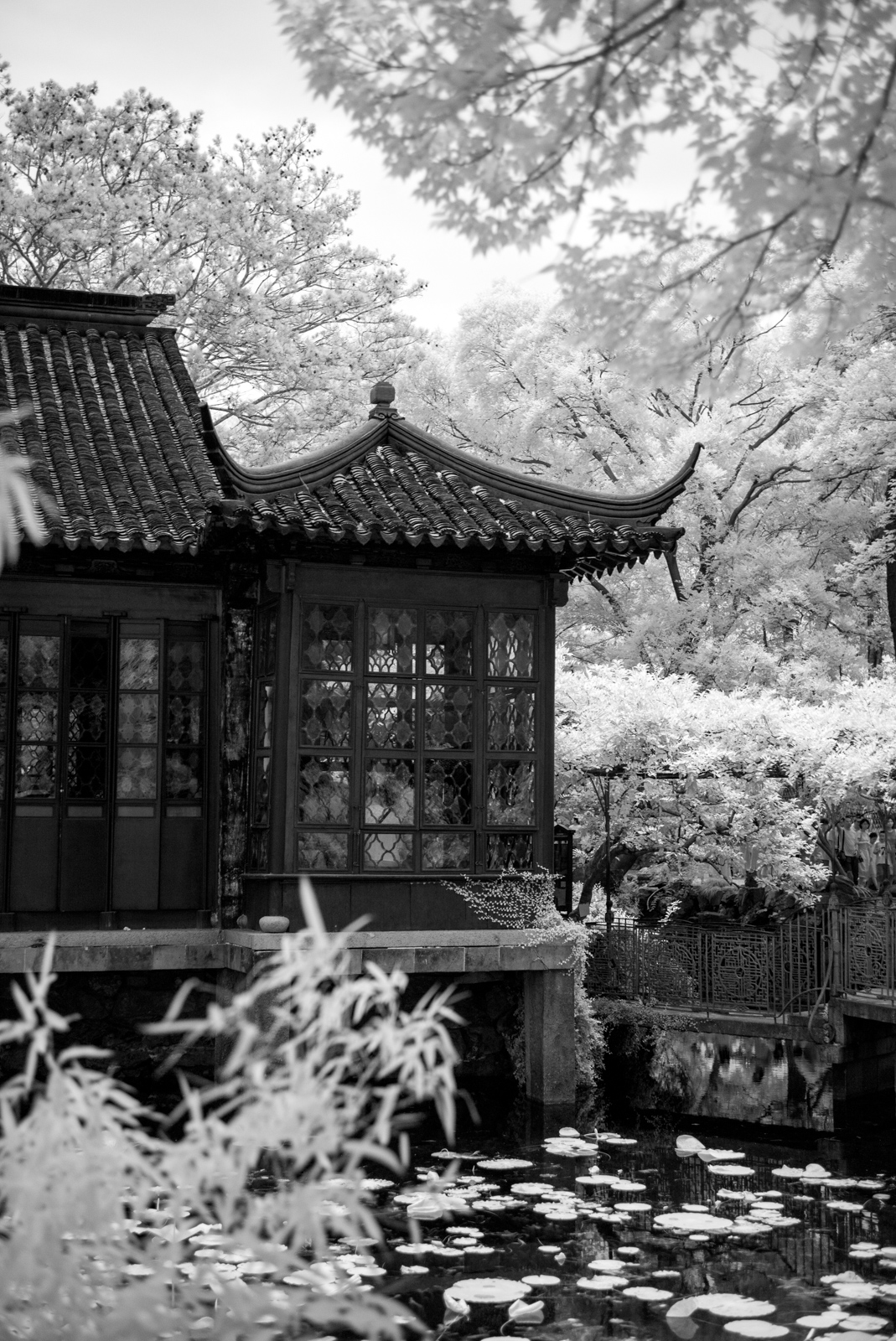
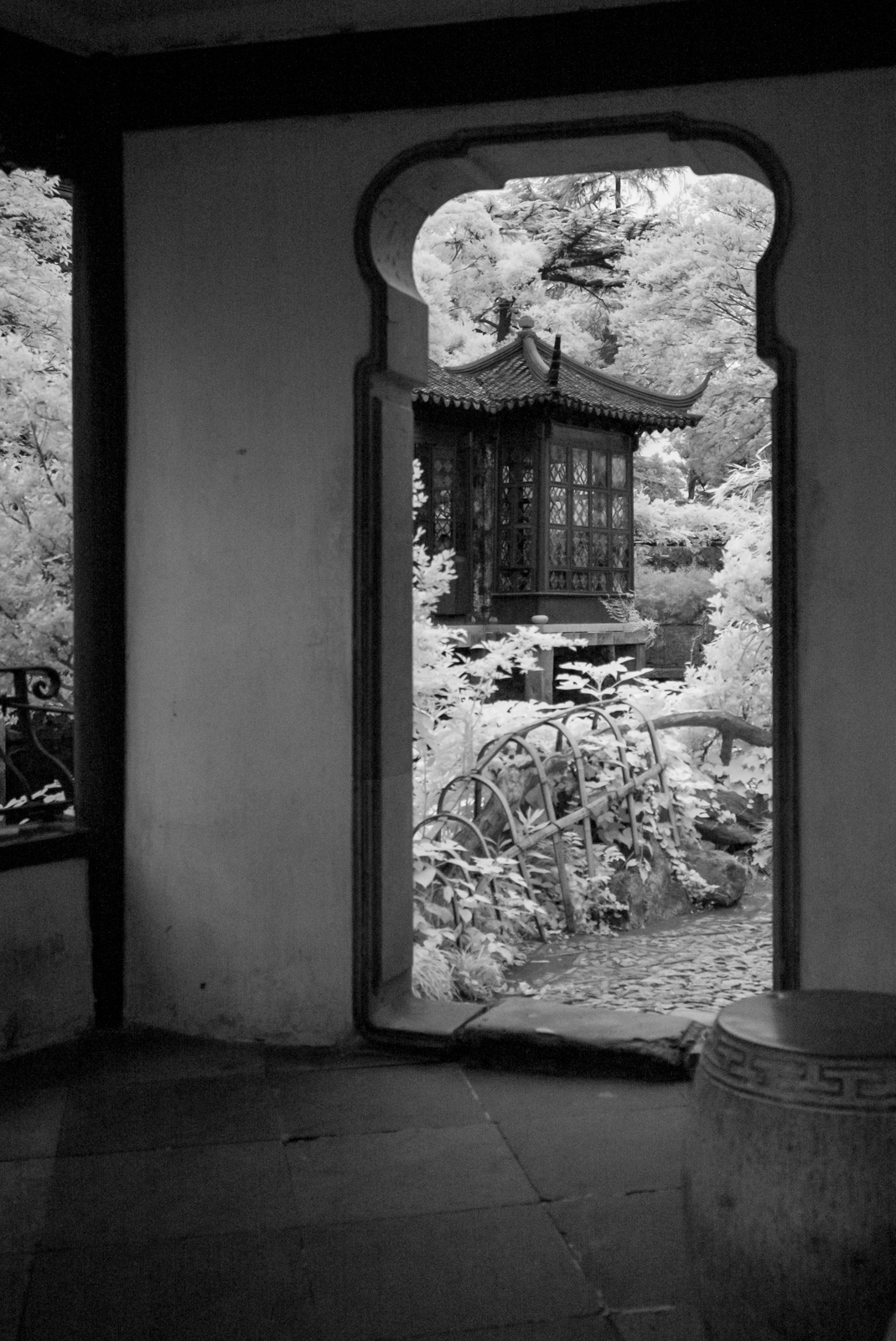
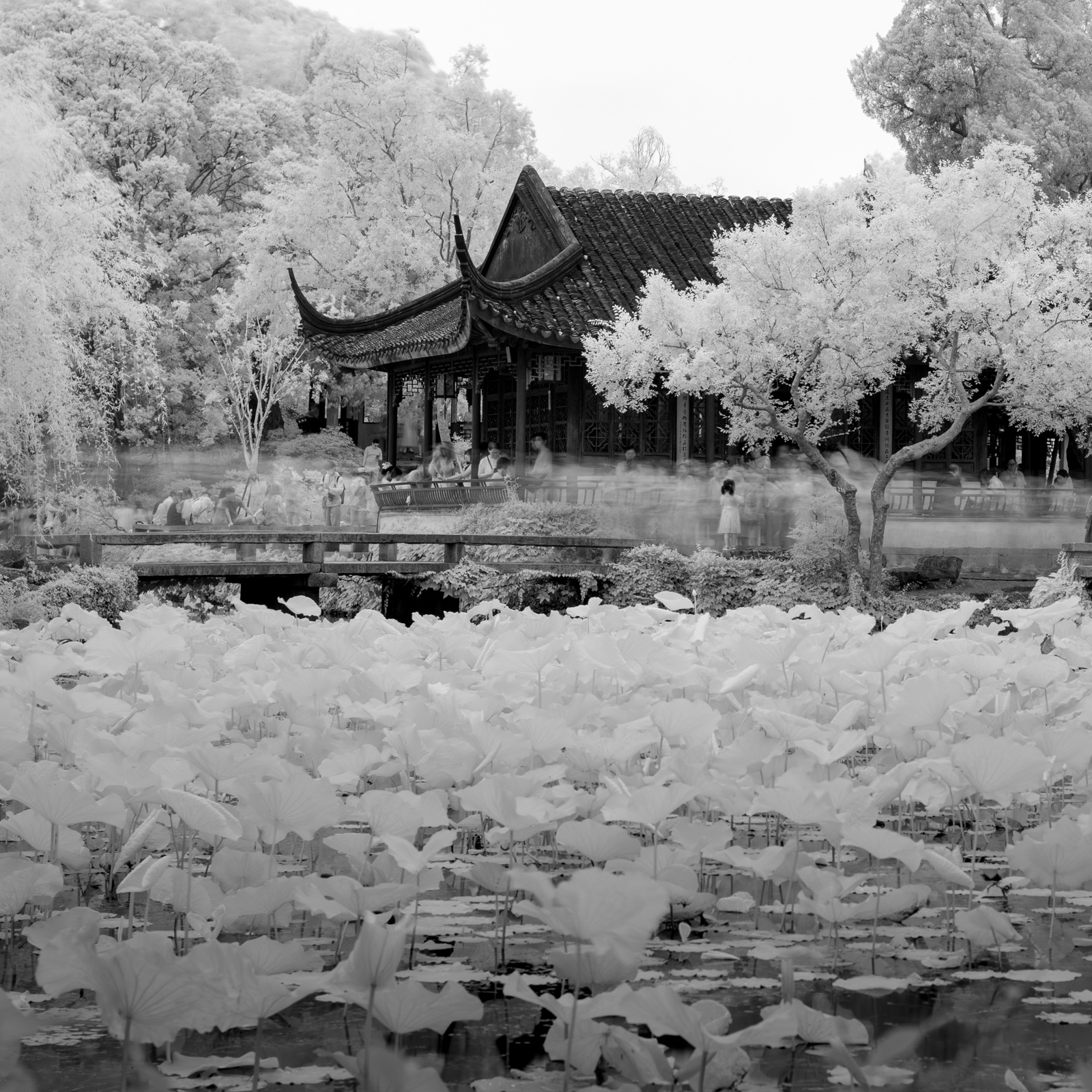
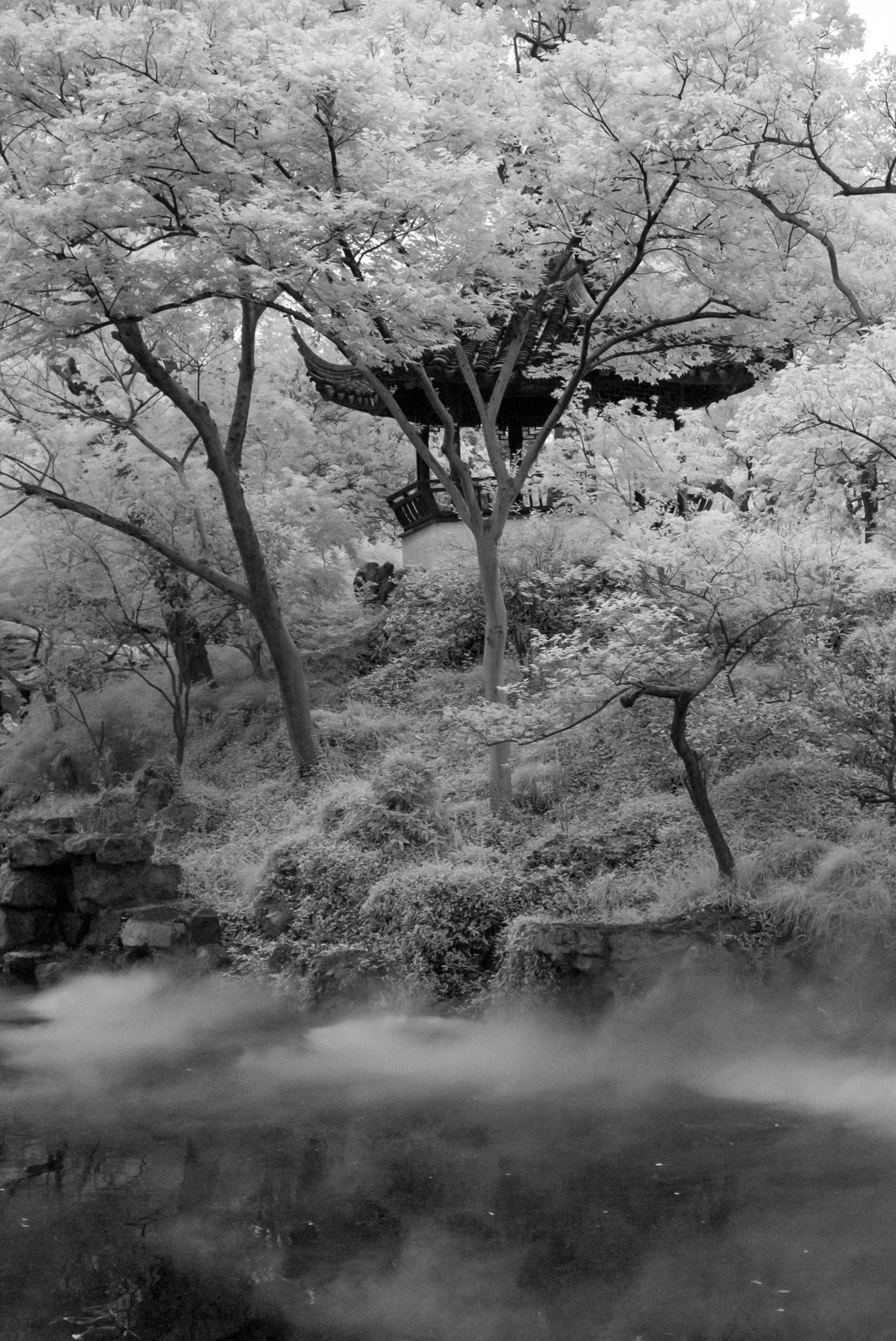
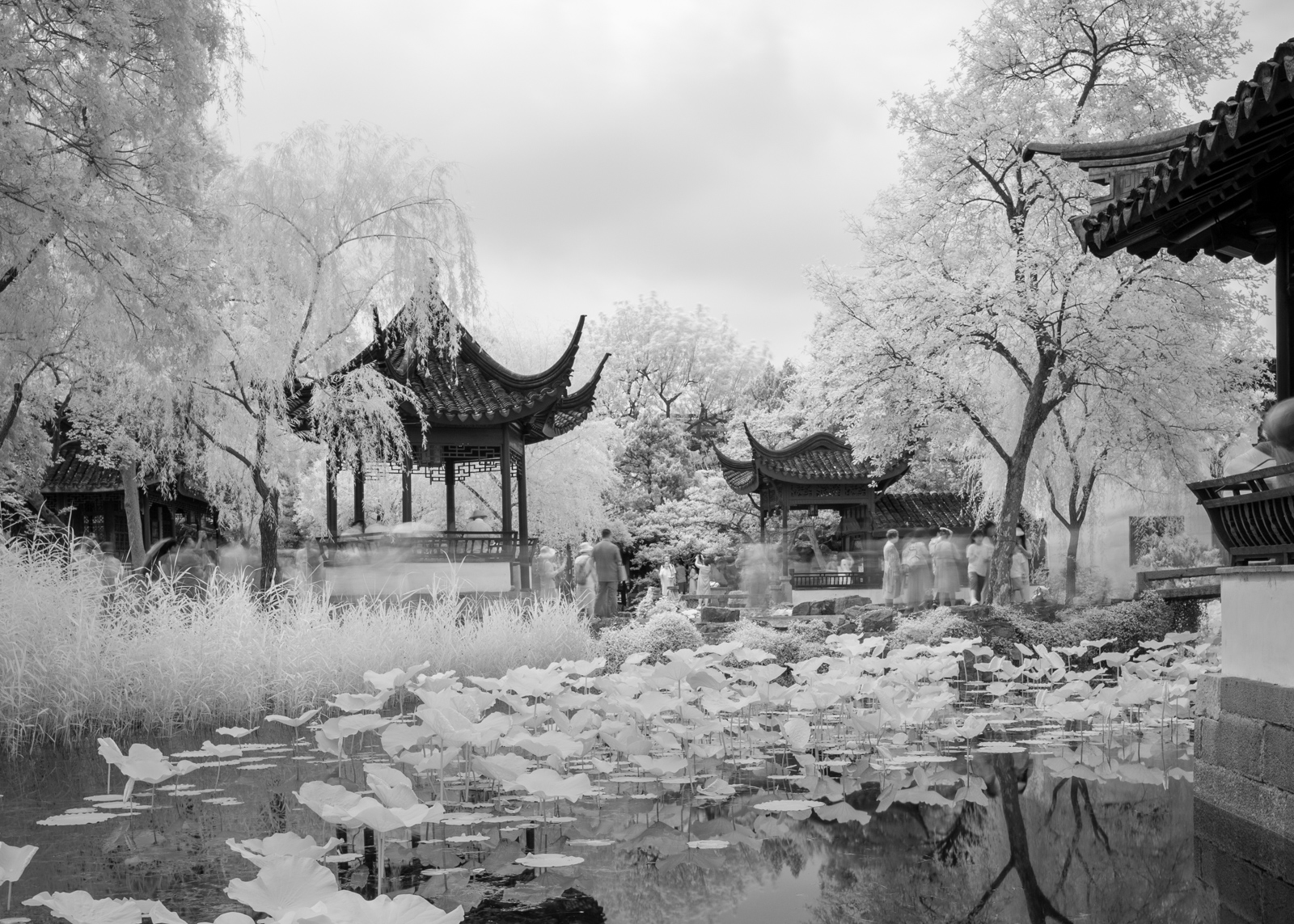


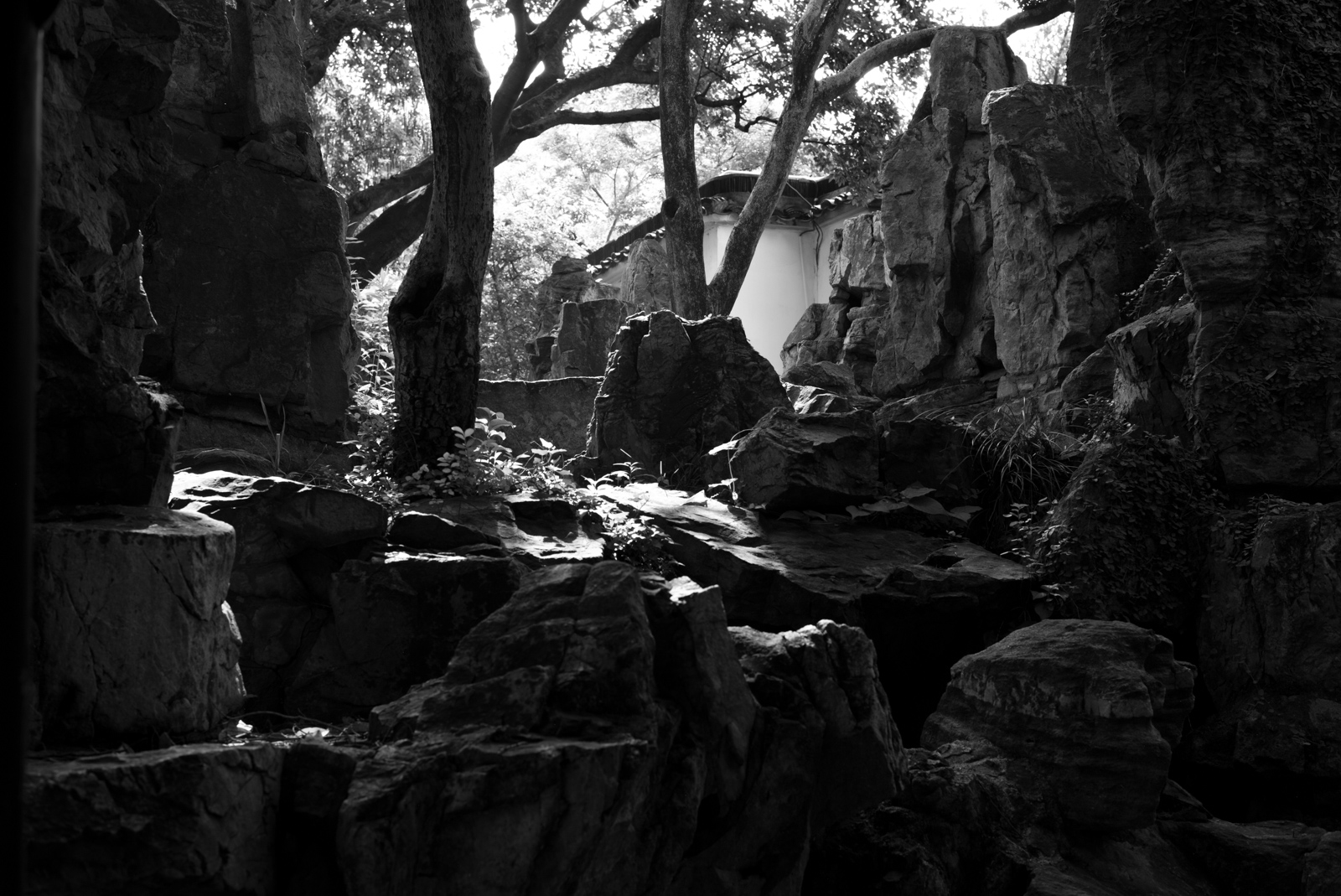
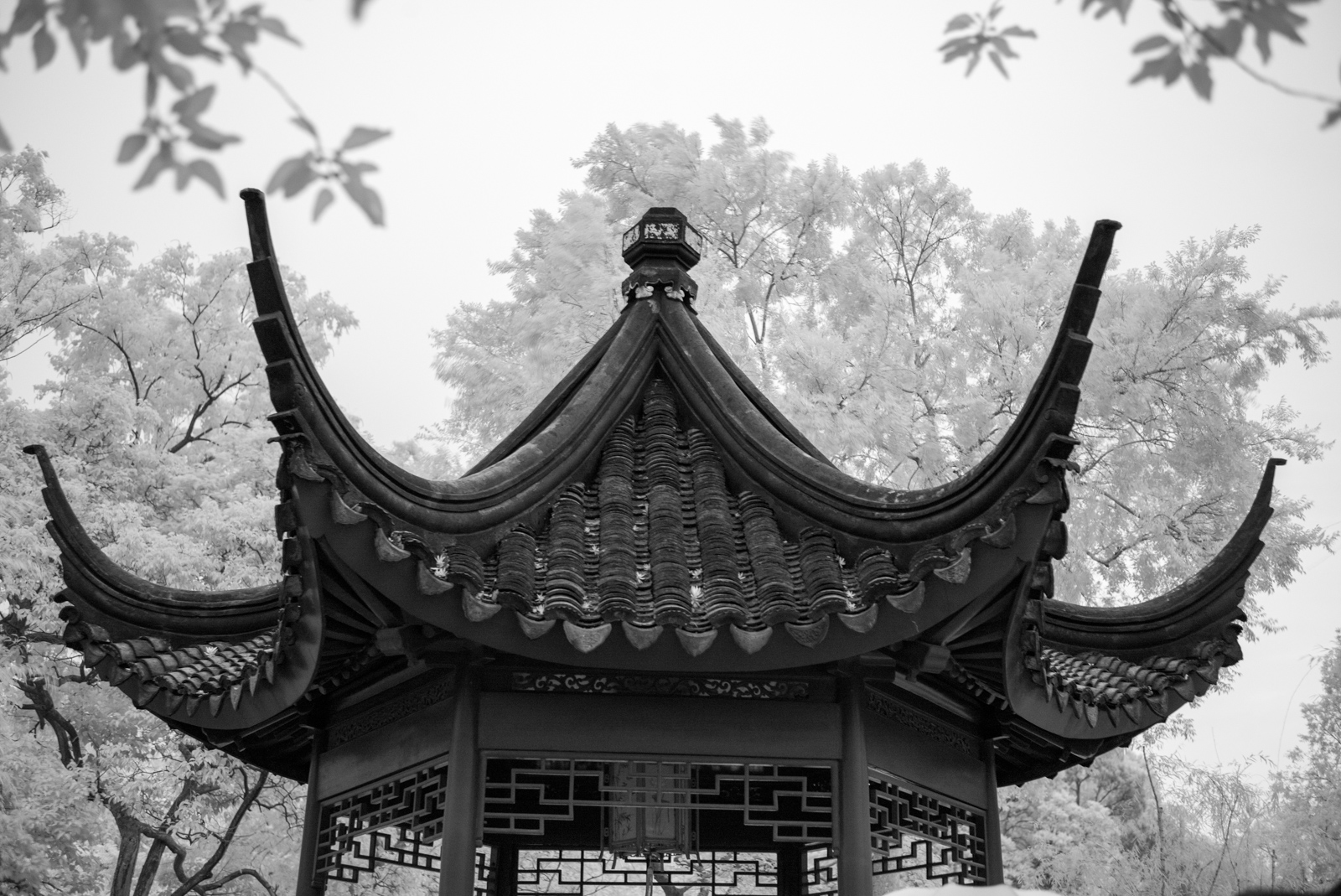
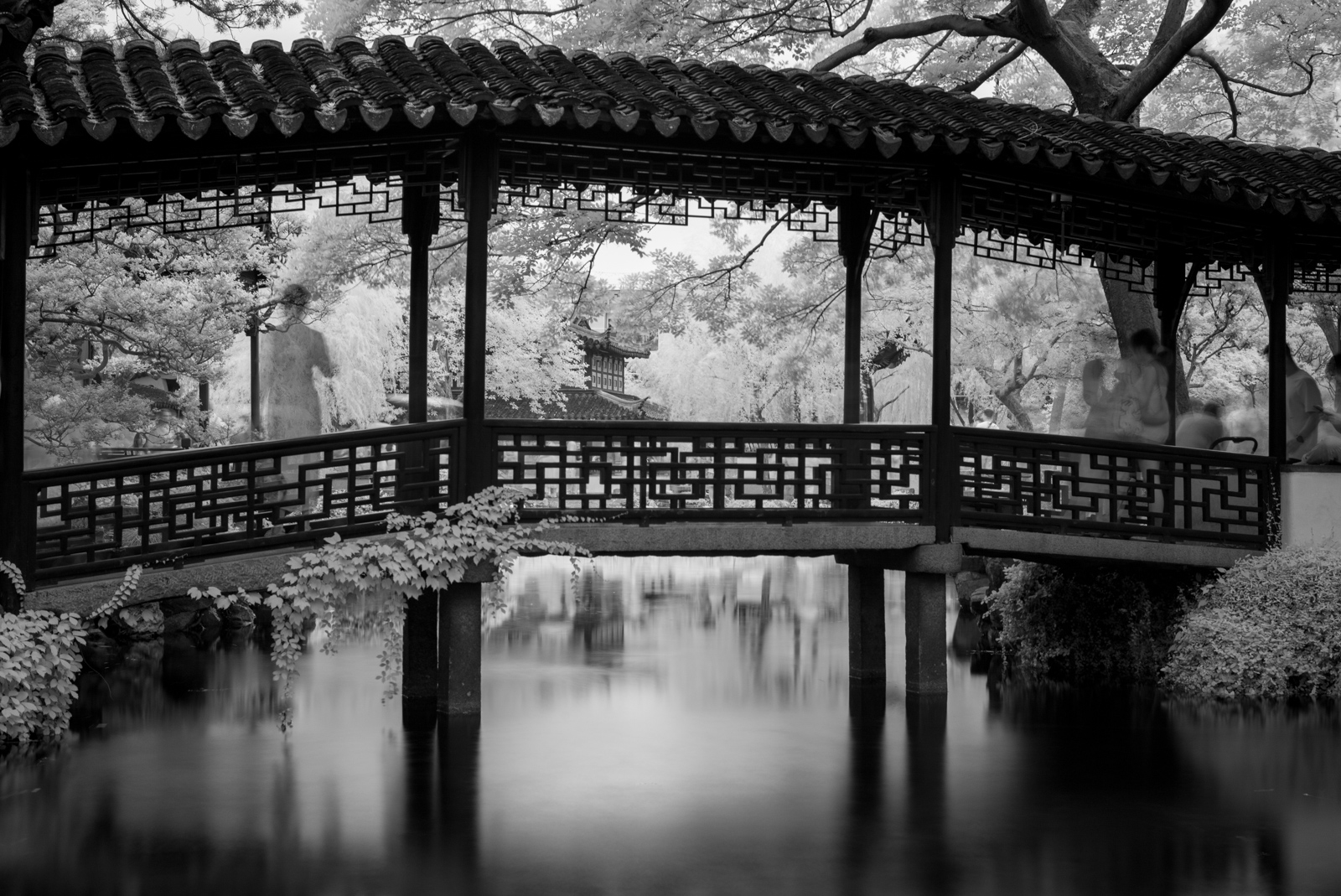
A Brief Note on Zhuozheng Garden
For readers less familiar with Chinese gardens, Zhuozheng Garden is a 16th-century masterpiece of Ming dynasty design. Its name, “The Garden of the Humble Administrator,” comes from a line by the Jin Dynasty writer Pan Yue: “This is also a clumsy man’s way of governance.”
Its first owner, Wang Xiancheng, chose this name after retiring from a fraught official career. He was not merely seeking a private retreat, but was making a profound statement: he rejected the intricate “governance” of the imperial court, embracing instead the simple, honest work of tending his garden as his true and meaningful life’s work. It is a physical expression of the scholar’s ideal to withdraw from public life and find harmony in nature.
Sprawling across Suzhou, the garden is a world in miniature. Its artfully composed landscapes of water, rockeries, pavilions, and plants are designed not for a single view, but for a continuous, unfolding journey—a spatial manifestation of poetry, philosophy, and a deep longing for harmonious coexistence with nature.